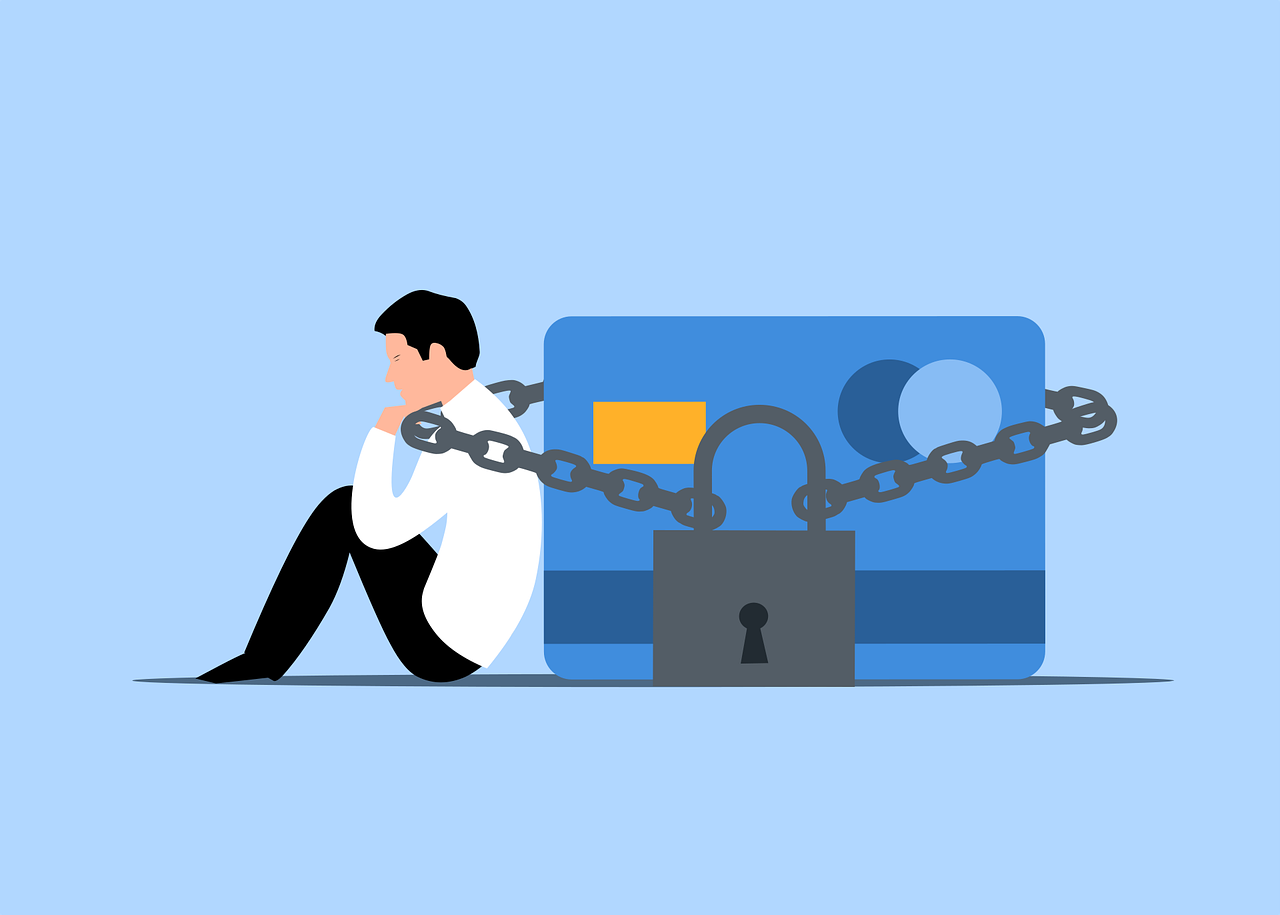Eliminate Credit Card Debt: A Step-by-Step Plan to Financial Freedom

Disclosure: This post may contain affiliate links. I could earn a commission if you make a purchase through these links, at no extra cost to you. Refer to my Affiliate Disclosure for details.
The Debt Trap
Picture this: you open your credit card statement, and your heart sinks. The balance is higher than you expected, and the interest charges seem to grow faster than you can pay them off. You’re not alone. Millions of people are caught in the same cycle, feeling overwhelmed by credit card debt. But here’s the good news – there’s a way out. Imagine a life free from the stress of mounting debt, where your money goes towards your future, not your past mistakes. This step-by-step plan will guide you to financial freedom, showing you how to eliminate credit card debt once and for all.
Step 1: Face the Numbers
Before addressing your debt, it’s essential to understand exactly what you’re facing. Gather all your credit card statements and make a list of your debts, including balances, interest rates, and minimum payments. This step might be uncomfortable, but it’s crucial. Remember, you’re not alone, and avoiding the numbers only makes the problem worse.
Step 2: Create a Realistic Budget
Now that you know your debt, it’s time to create a budget that works for you. List your monthly income and expenses. Prioritize essential expenses like housing, utilities, and groceries. Identify areas where you can cut back, even if it’s just a little. Every dollar saved can be used to pay down your debt.
Step 3: Choose a Debt Repayment Strategy
There are two popular strategies for paying off debt: the snowball method and the avalanche method.
- Snowball Method: Concentrate on paying off your smallest debt initially while continuing to make minimum payments on the others. Begin by settling the smallest debt, then proceed to the next smallest. This method gives you quick wins and builds momentum.
- Avalanche Method: Focus on paying off the debt with the highest interest rate first while making minimum payments on the others. Over time, this method helps you save the most money on interest.
Choose the method that resonates most with you. If seeing quick progress keeps you motivated, go for the snowball method. If saving money on interest is your top priority, the avalanche method is your best bet.
Step 4: Negotiate Lower Interest Rates
Here’s a step many people overlook – negotiating with your creditors. Contact your credit card companies and inquire about the possibility of reducing your interest rate. Explain your situation and highlight your history as a loyal customer. It might feel intimidating, but you’d be surprised how often companies are willing to work with you. A lower interest rate means more of your payment goes towards the principal balance, helping you get out of debt faster.
Step 5: Consider Debt Consolidation
Consolidating your debt can streamline your payments and may even reduce your interest rate. This involves taking out a single loan to pay off multiple credit cards. There are various options, including personal loans, balance transfer credit cards, and home equity loans. Be cautious and do your research to ensure this option is right for you. It’s crucial to avoid accumulating new debt while paying off the consolidated loan.
Step 6: Automate Your Payments
Set up automatic payments for at least the minimum amount due on each credit card. This ensures you never miss a payment, which can lead to costly late fees and higher interest rates. If possible, automate additional payments to reduce your balances faster.
Step 7: Track Your Progress and Stay Motivated
Keep track of your debt payoff journey. Celebrate small victories, like paying off a card or reaching a milestone. Staying motivated is key to sticking with your plan. Visual aids like debt payoff charts can be incredibly motivating. Keep in mind, that every small step you take forward is progress.
Overcoming Common Challenges
You might be thinking, “This sounds great, but what if I face unexpected expenses?” Life unfolds, and unforeseen expenses can throw off your plans. Build a small emergency fund, even if it’s just $500, to cover unforeseen expenses. This prevents you from falling back on credit cards and accumulating more debt.
Another common objection is, “I don’t have enough income to make a dent in my debt.” If this is the case, consider ways to increase your income, such as picking up a side job, freelancing, or selling unused items. Every extra dollar helps.
The Road to Financial Freedom
Eliminating credit card debt isn’t easy, but it’s absolutely possible. By following this step-by-step plan, you’ll not only reduce your debt but also build healthy financial habits for the future. Imagine the freedom of opening your credit card statement and seeing a zero balance. Imagine the peace of mind knowing your money is working for you, not against you. Start today, stay committed, and watch your financial freedom unfold.
Disclosure: This post may contain affiliate links. I could earn a commission if you make a purchase through these links, at no extra cost to you. Refer to my Affiliate Disclosure for details.
